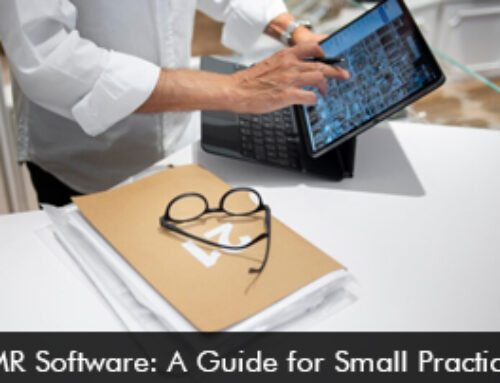During the COVID-19 pandemic and the expansion of Telemedicine EMR Software solutions, healthcare became the most attractive option for cybercriminals. This led to an increase in data breaches and phishing attacks. So how can healthcare organizations navigate cyber security challenges? The answer lies in having a proactive strategy and adhering to strict privacy and protection protocols throughout the organization.
Meeting Cyber Security Standards
To have a powerful security plan healthcare organizations must meet cybersecurity standards, especially the NIST CSF also known as the National Institute of Standards Cybersecurity Framework. This security framework was developed in 2014 and sets a benchmark for the highest level of protection against cybercrimes. The framework covers all sides of security and encryption.
It is difficult for healthcare organizations to properly implement the security framework. Only 44% of hospitals and health systems in the US meet NIST CSF standards as revealed by a report from a cybersecurity consulting firm. This means that healthcare cybersecurity is lacking making healthcare data more vulnerable to being attacked by cybercriminals. This is not a piece of good news for healthcare providers, organizations, and patients.
COVID-19 and an Increase in New Threats in Healthcare
The World Health Organization (WHO) in April 2020 reported a five-fold increase in cybersecurity attacks. Following are the 4 most common types of cybersecurity attacks faced by the healthcare industry.
- Business Email Compromise (BEC) – This is a scam to get hold of personal information or financial data through emails.
- Phishing Attacks – Phishing is when duplicitous communication is sent via a reliable source which deceits the receiver into sending important information.
- Ransomware Attacks – Cybercriminals use ransomware to hold healthcare organizations as data hostages until a ransom is paid out.
- Mobile Threat – Remote working conditions due to the pandemic have led to an increase in mobile threats. The use of public internet connectivity can increase contact with cyber-attacks.
Tips to improve cybersecurity in 2022
- Use Electronic Medical Records (EMR) Software that is ONC Certified.
- If you’re using a telehealth or telemedicine platform for remote consultations ensure that it is HIPAA compliant to protect patient data.
- Healthcare organizations should work determinedly to align with NIST CSF.
- Only open links for reliable and trusted sources.
- Avoid using public WIFI and always lock your screen.
- The browser, software, and operating systems need to be updated.
- Use anti-virus software to up security.
It is also important that medical practices invest in cybersecurity to ensure the smooth running of daily processes.






